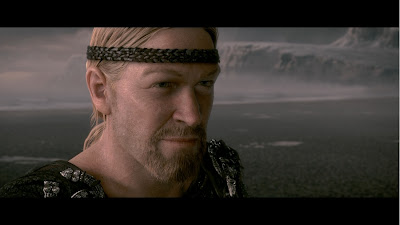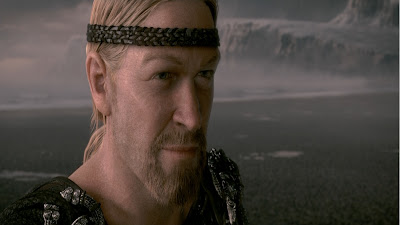SCALING AT THE SOURCE
 I recently re-visited experimenting with using a PC as a source for multimedia. My first attempt was with HD DVD and YXY software. I gave it up in favor of a stand alone [Blu-ray Disc] player due to many issues, both software and hardware. However despite how it turned out, it got me into HD video.
I recently re-visited experimenting with using a PC as a source for multimedia. My first attempt was with HD DVD and YXY software. I gave it up in favor of a stand alone [Blu-ray Disc] player due to many issues, both software and hardware. However despite how it turned out, it got me into HD video.Given HD is based on a 1.78:1 frame, Scope films have to be Letter Boxed. A Letter Boxed image wastes approx 25% of the vertical rez on the black bars that preserve the Original Aspect Ratio. So when we scale for CIH we have no choice than to vertically stretch the 1920 x 810 image to fill the 1920 x 1080 panel.
When I read debates between the "zoom method" and using an anamorphic lens, it turns out scaling artifacts are the key reason to zoom. So the question is what if the source was true anamorphic?
 The above image is the Letter Boxed image where the image itself uses about 810 vertical pixels. The remaining 270 vertical pixels are wasted on the black bars.
The above image is the Letter Boxed image where the image itself uses about 810 vertical pixels. The remaining 270 vertical pixels are wasted on the black bars.
This image has been scaled at the source, so it now uses the full 1920 x 1080 pixels and therefore can be 1:1 pixel mapped on the display. When projecting the image this way, any possible Scaling artifacts my projector may be introducing are now removed.
Mark
Back To The Top
I am using NVIDIA that came on the Note Book. To scale the image, right click the image>Pan & Scan>Fit to 16:9 TV. Of course it would be better if films came formatted at 2560 x 1080 or 21:9.
Mark
Back To The Top

<< Home